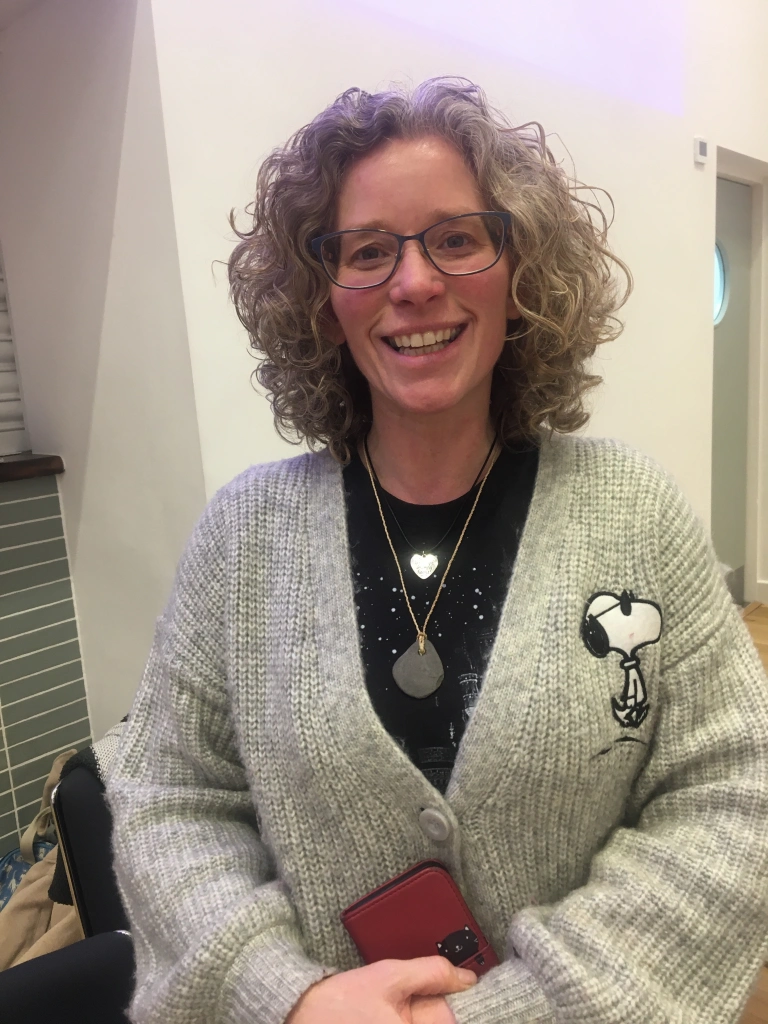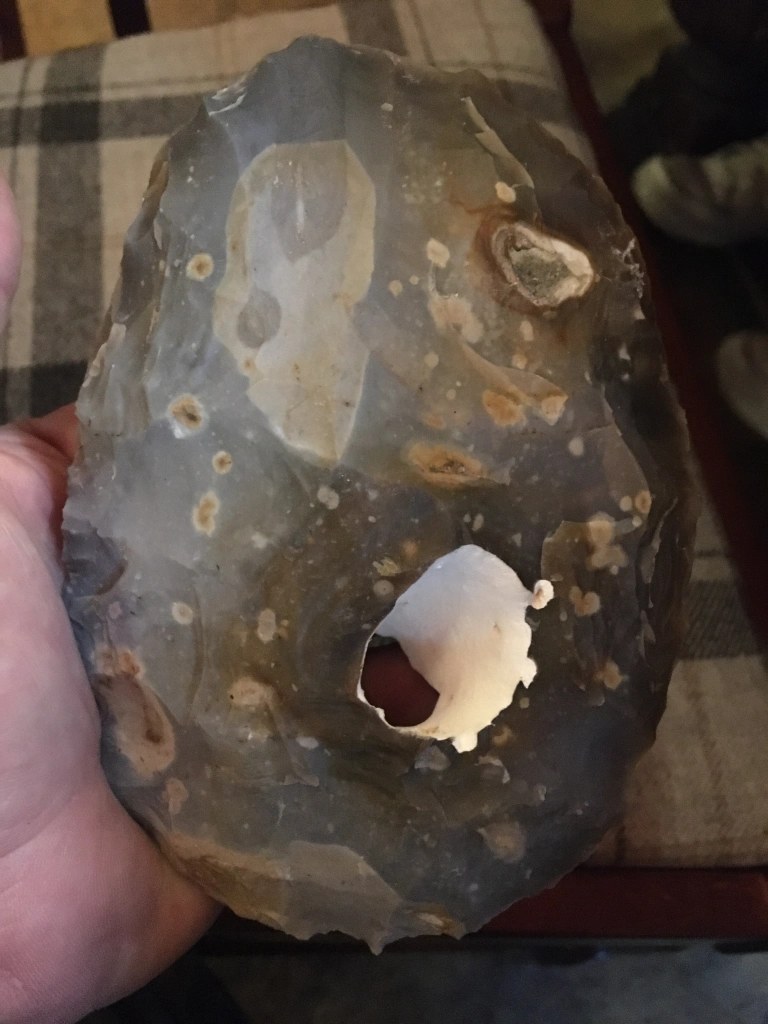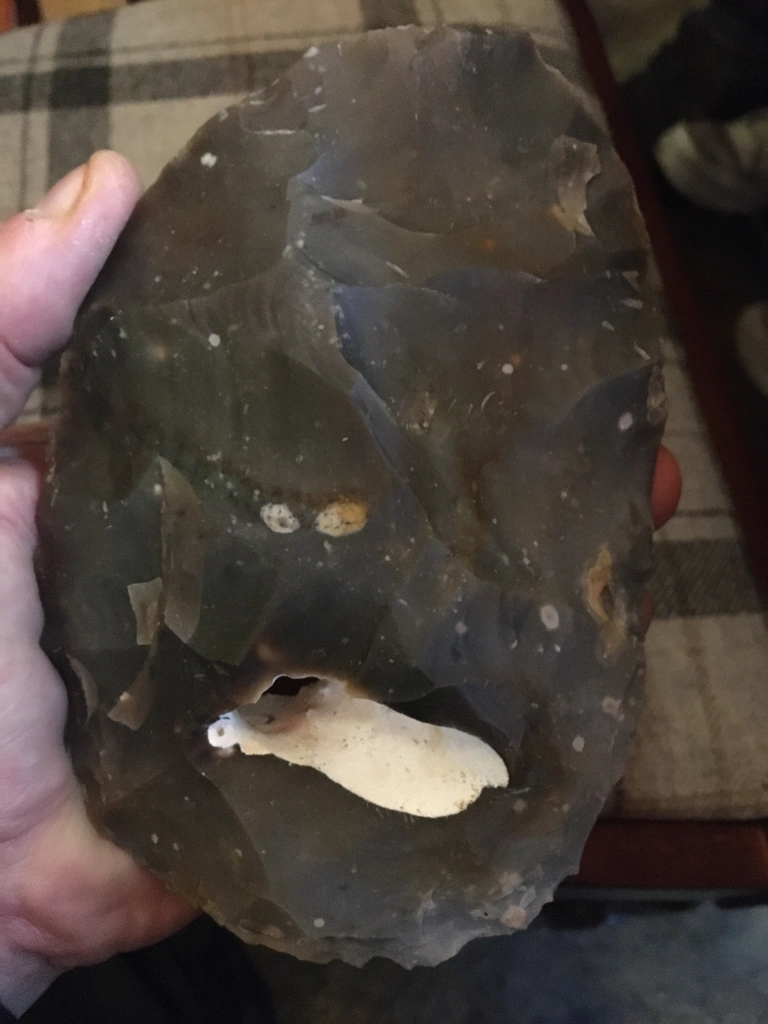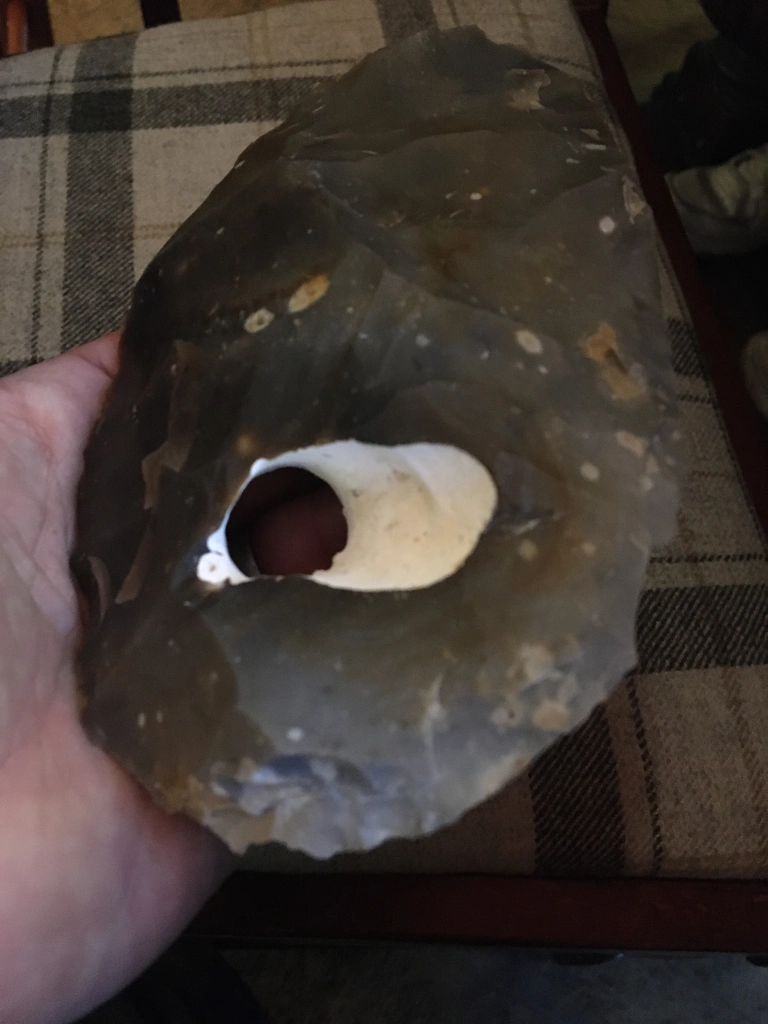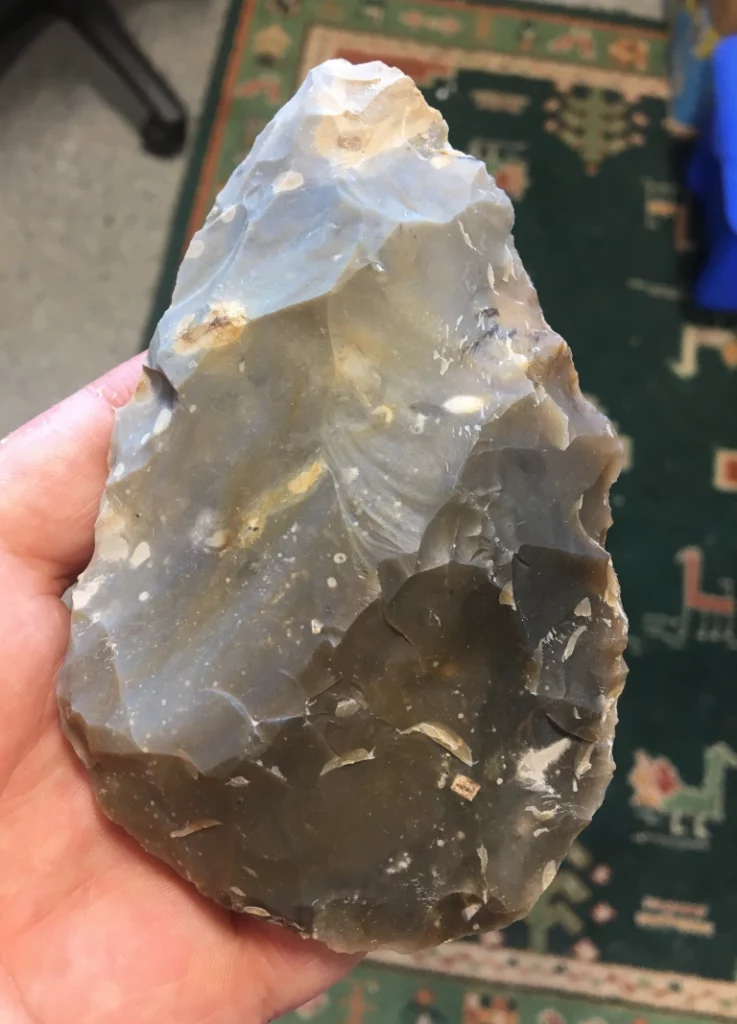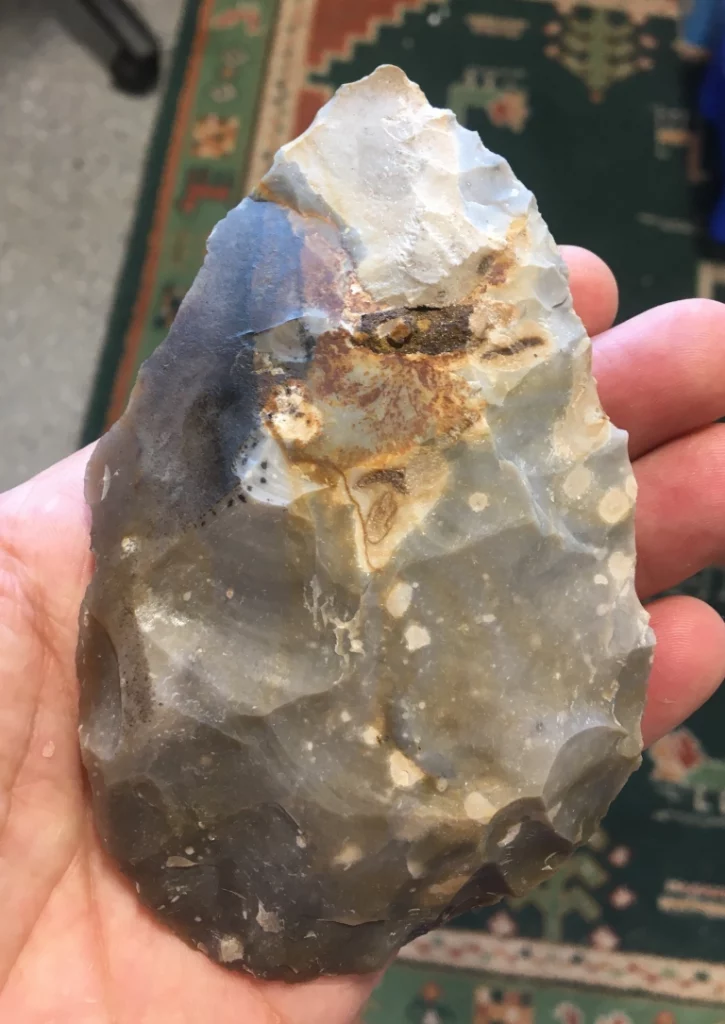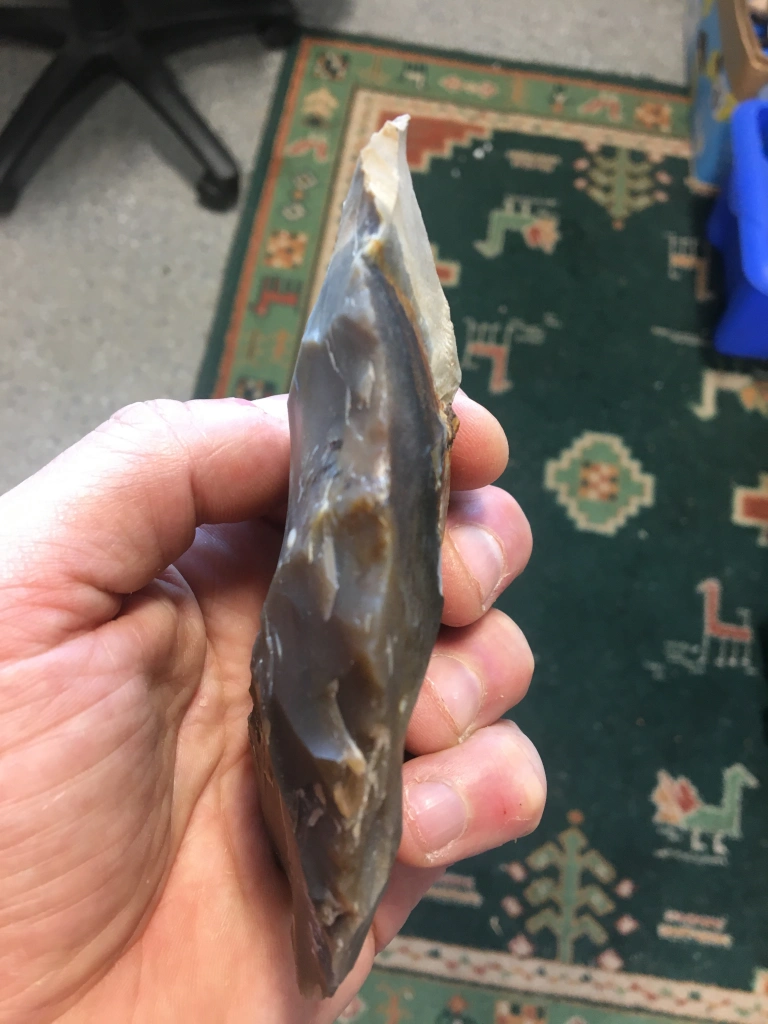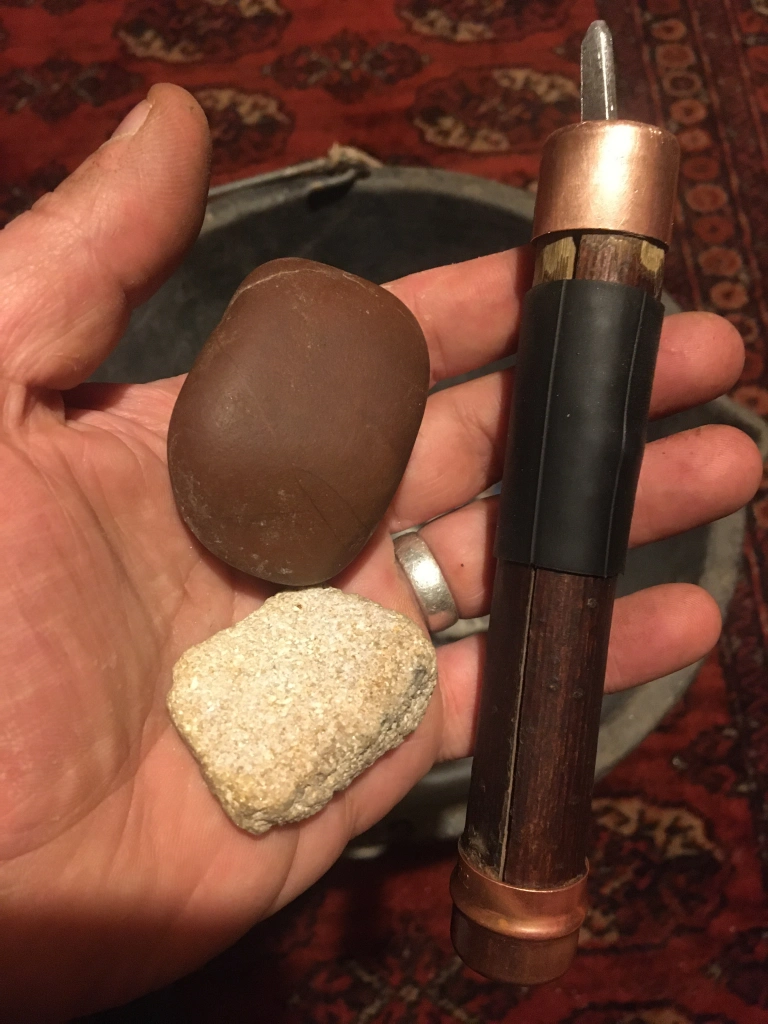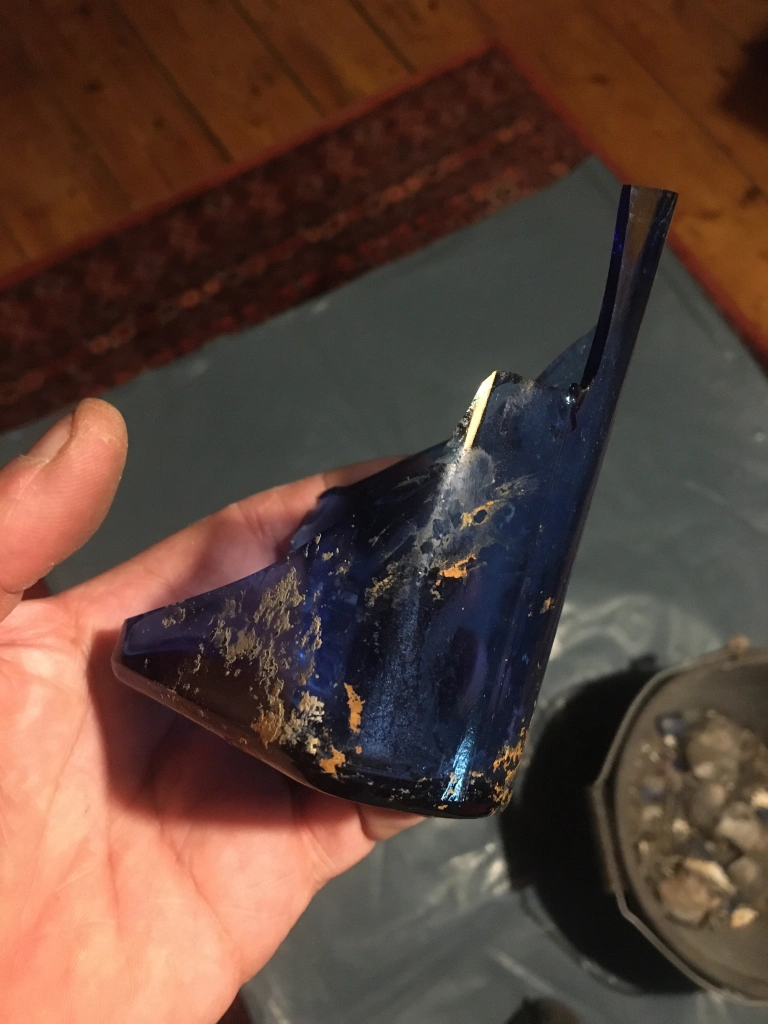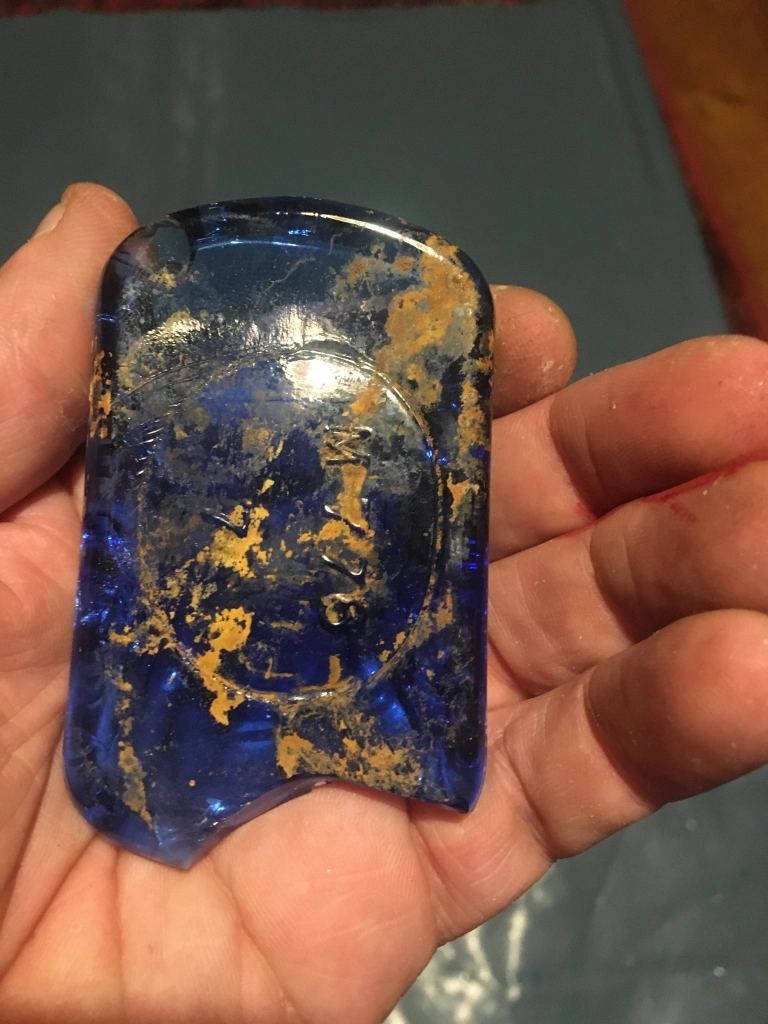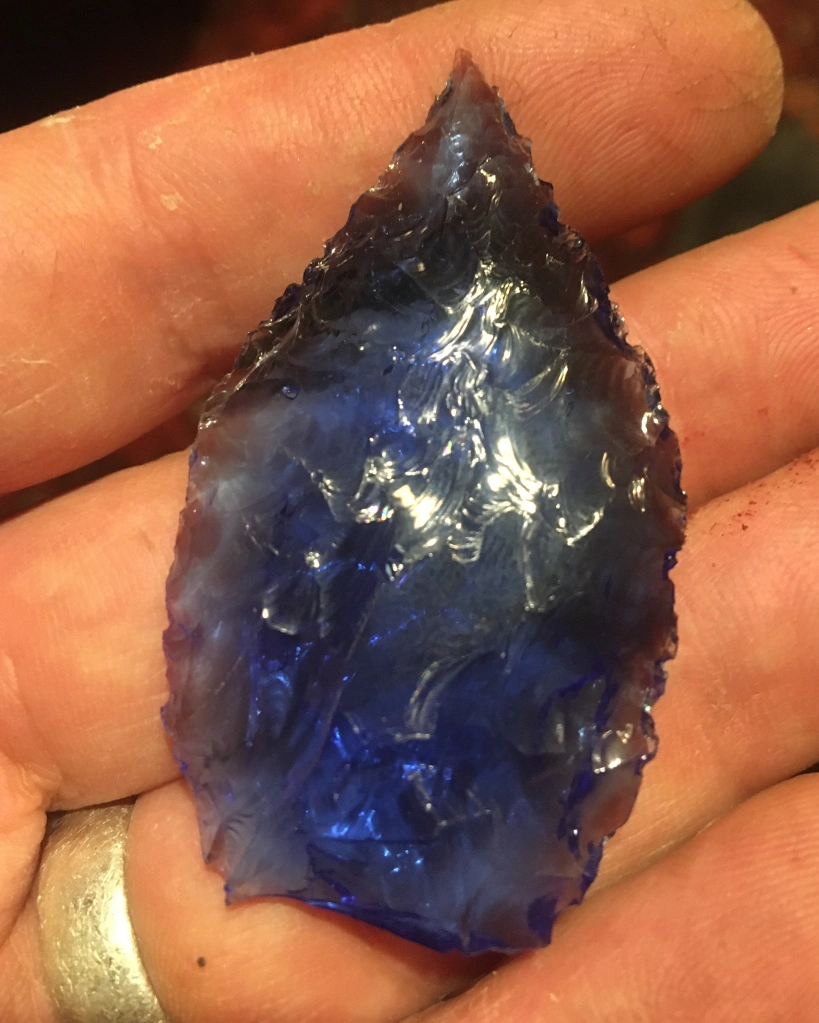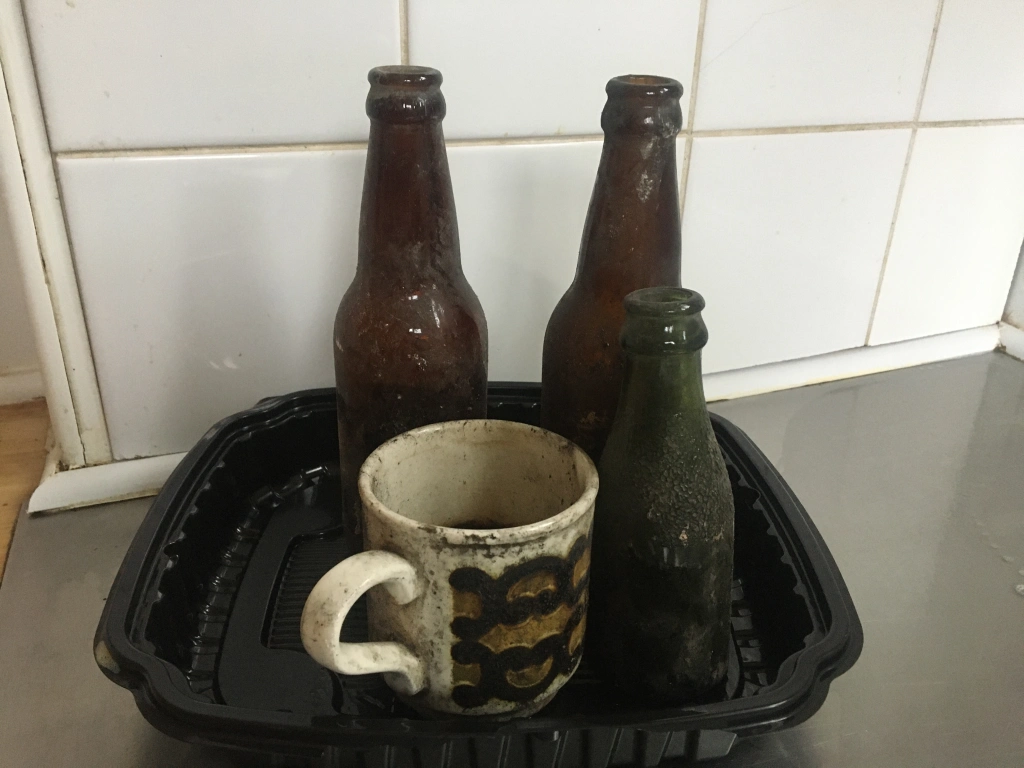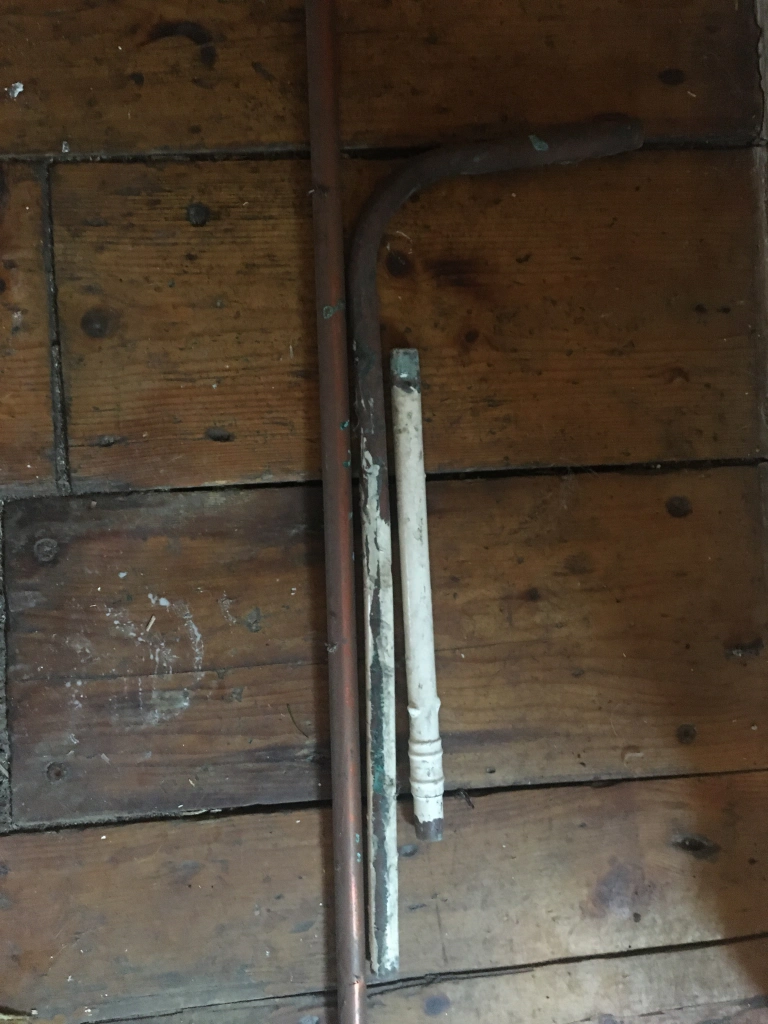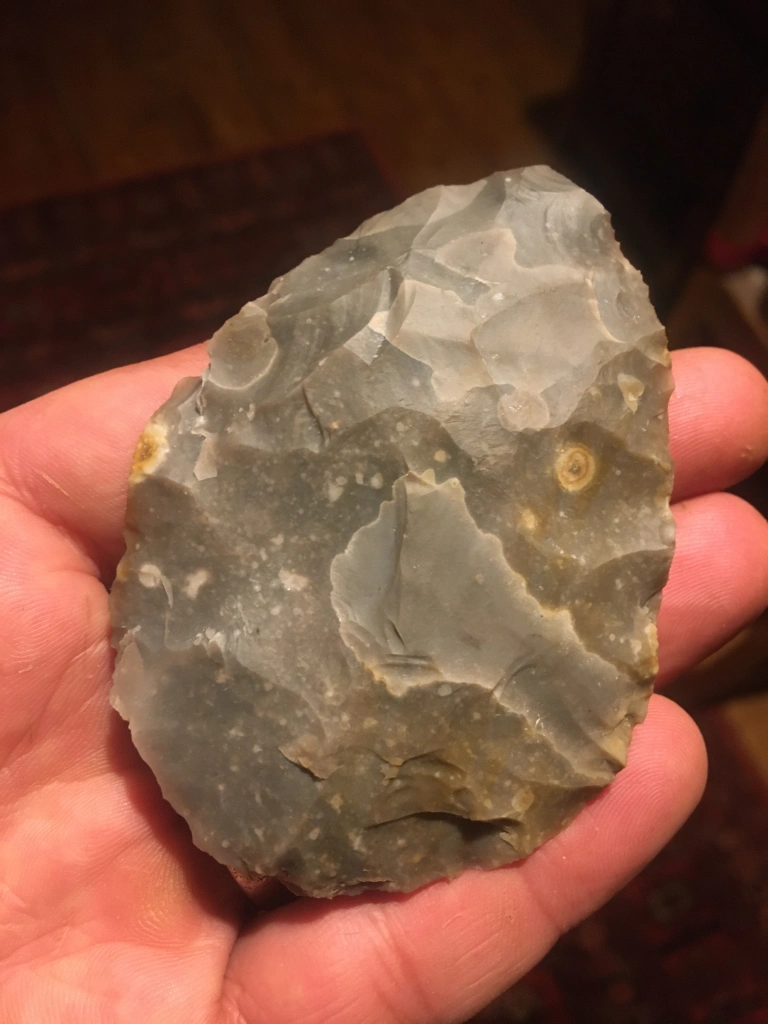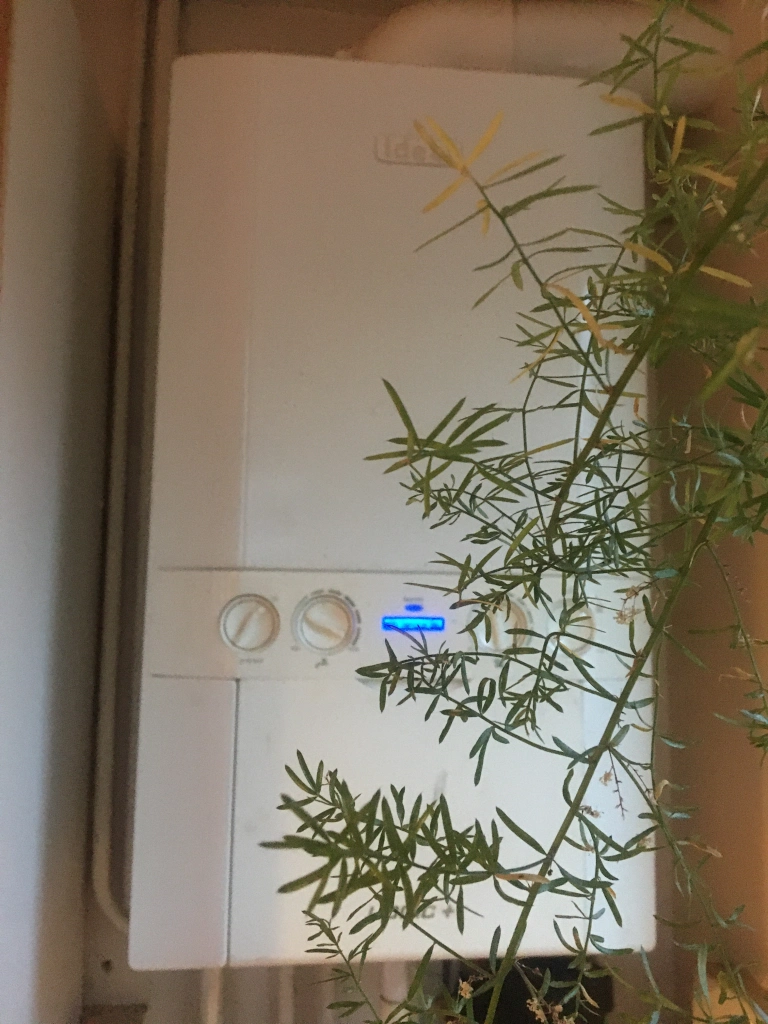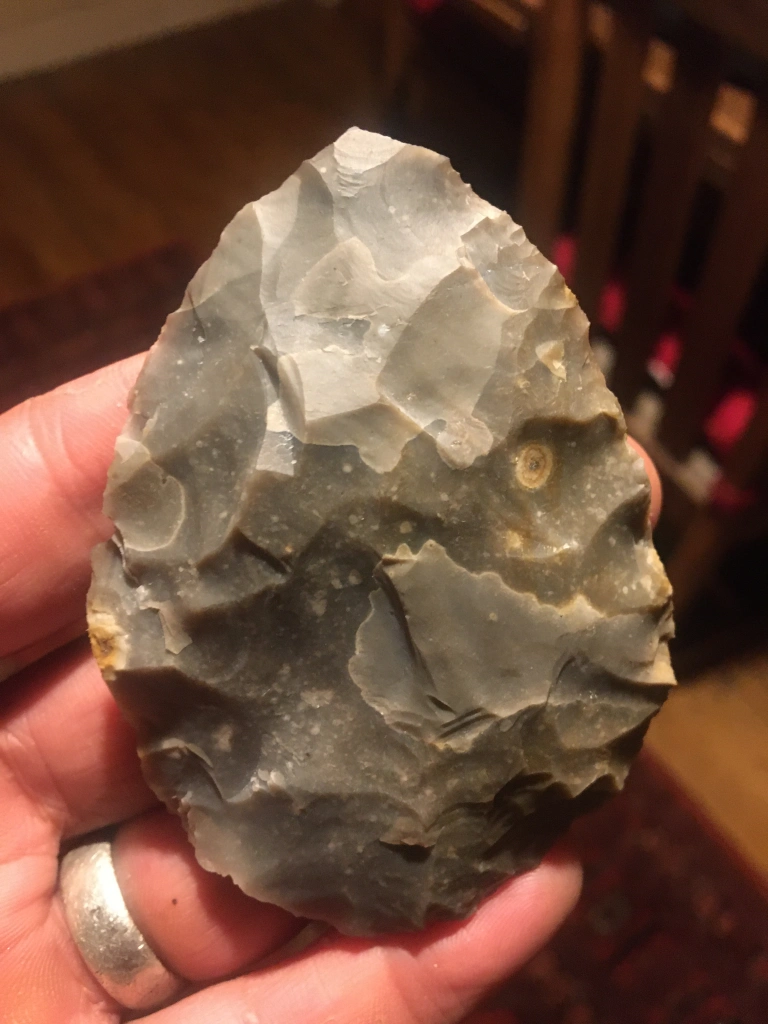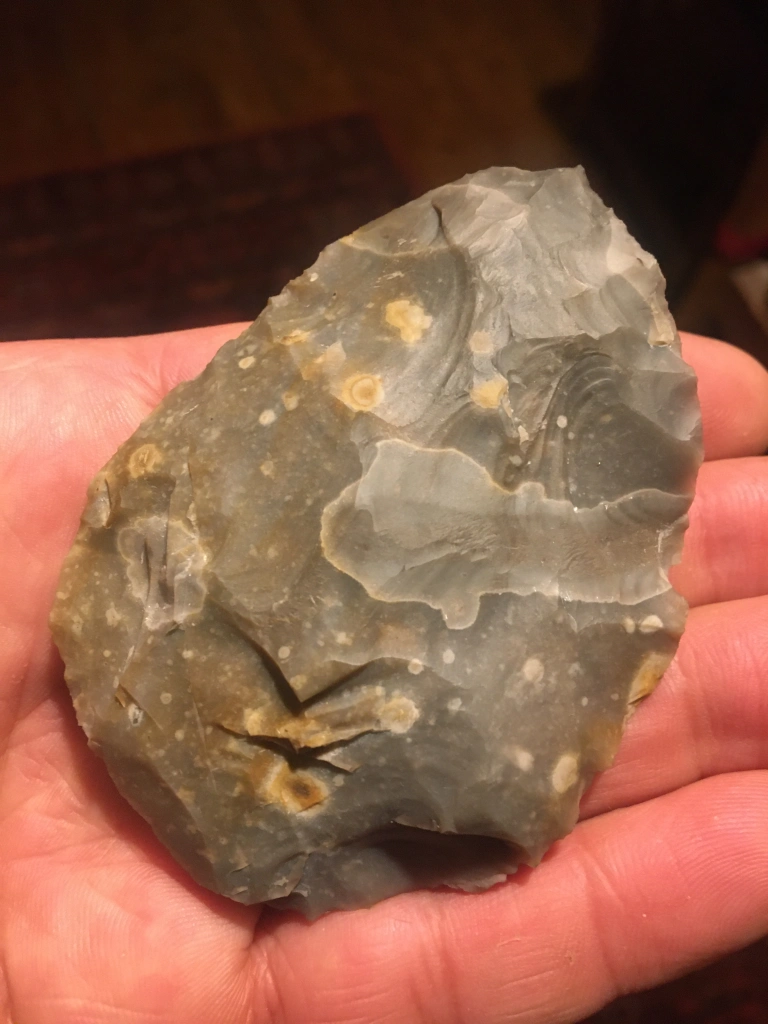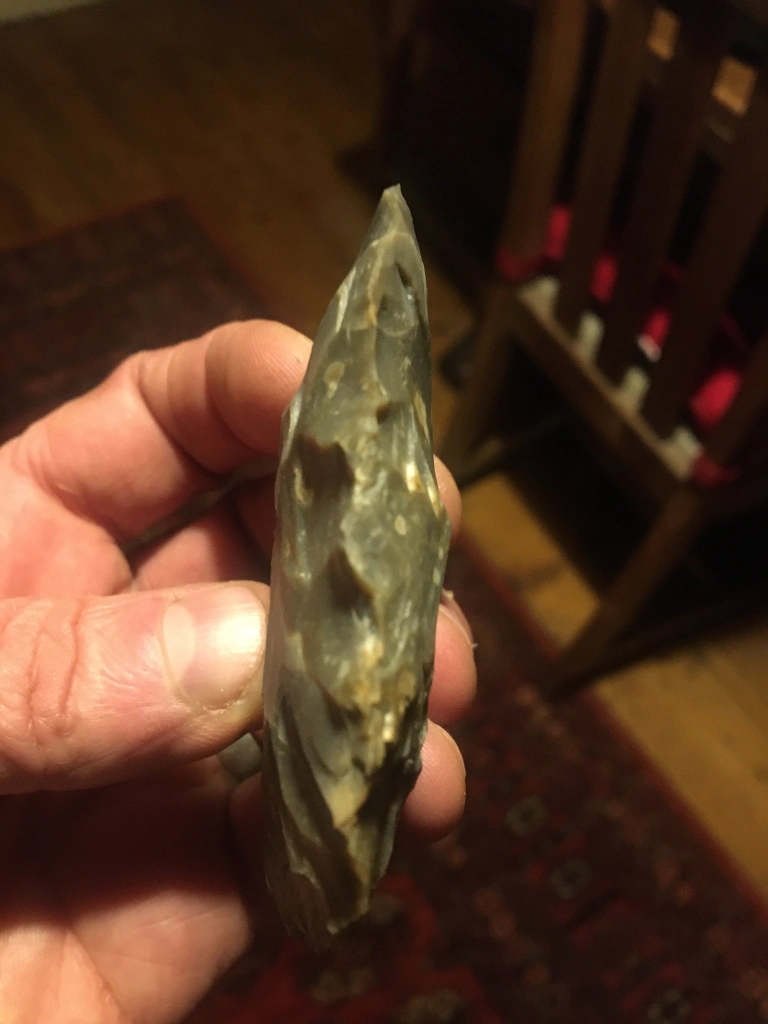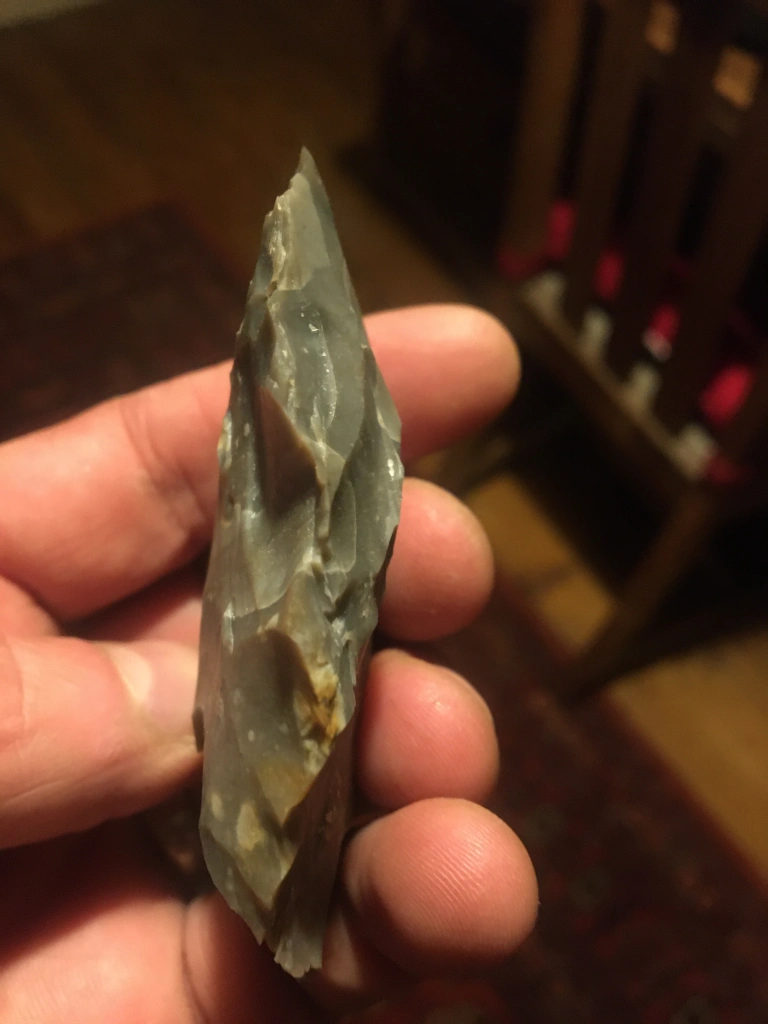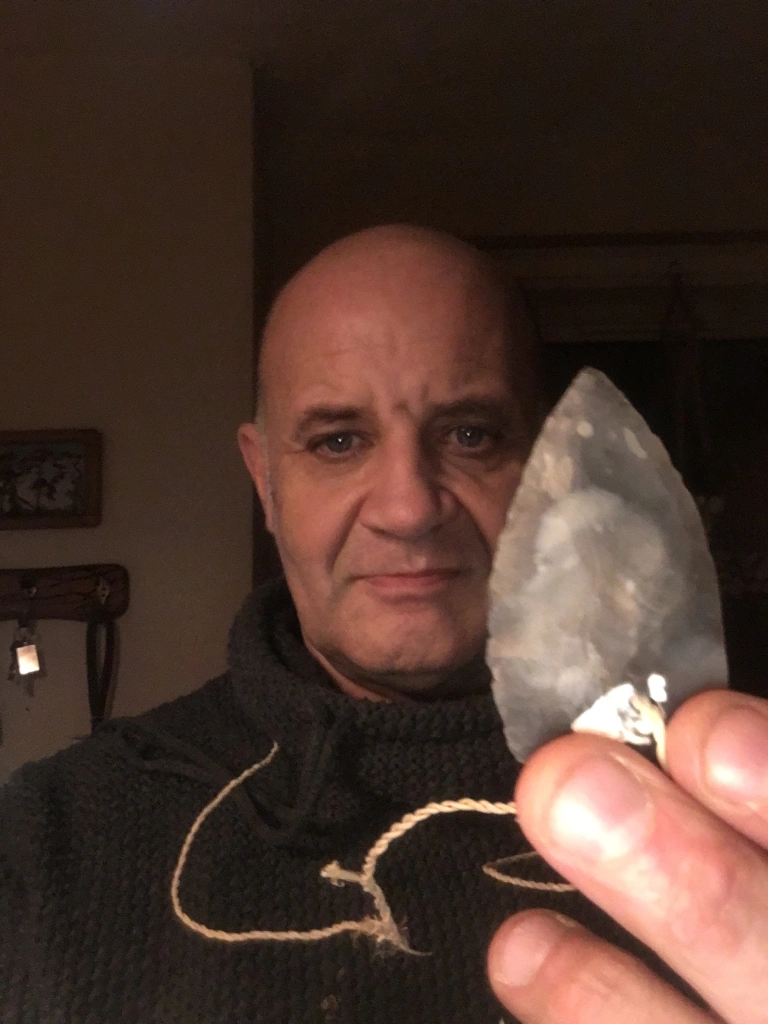
Last Saturday I took part in a session at the Whitaker Museum in Rossendale. My friend, Stephen Poole, had been invited to talk about the Pioneers of Rossendale: the Late Upper Palaeolithic and Early Mesolithic populations that left behind in the Pennines their calling cards, in the form of flint tools.
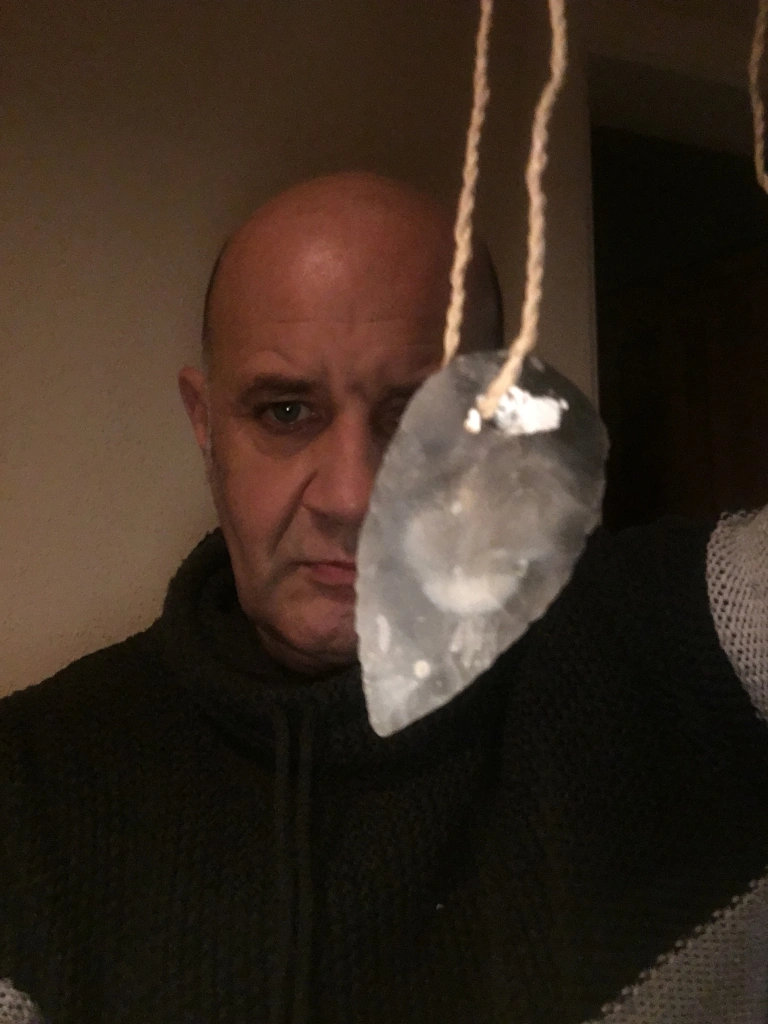
However, the pioneers in question were also the late nineteenth and early twentieth century researchers whose stone tool collections ended up in local museums like the Whitaker. Whilst working through these collections Stephen had identified half a Mesolithic shale bead, and because of that bead fragment asked if I wanted to run a Mesolithic bead and pendant making workshop after his talk.
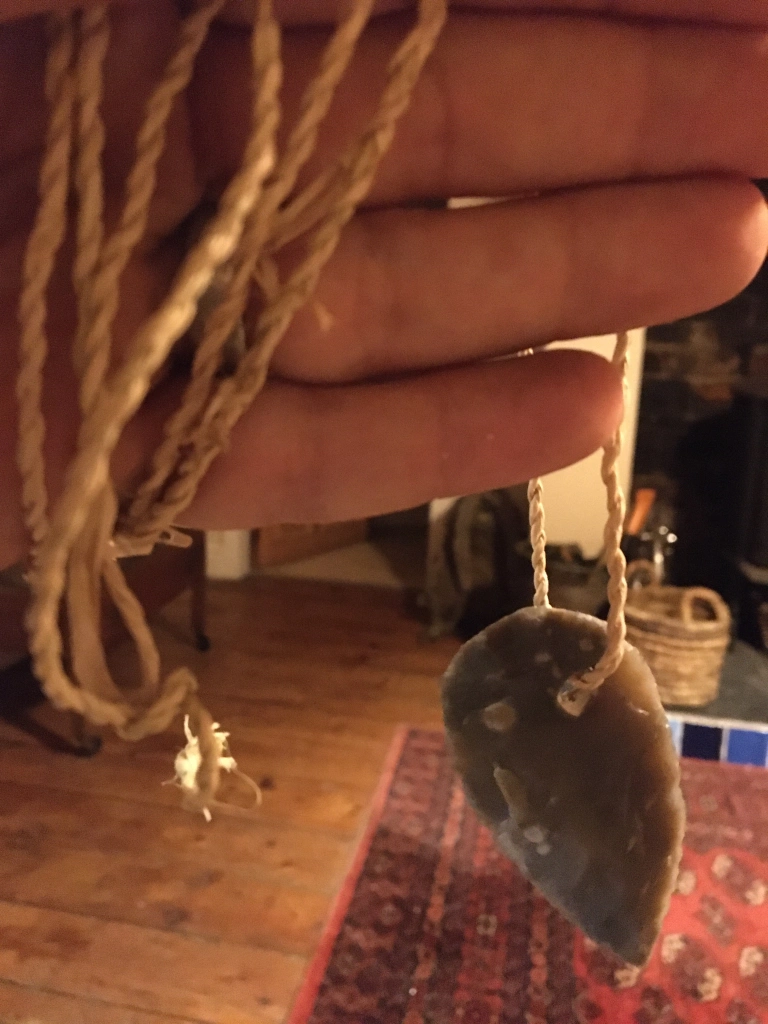
I was happy to help but I couldn’t do the cordage aspect of the process, so I organised the workshop logistics with Jane from the museum, and two of our super competent third year undergraduate students, Jordan and Laura, ran the whole session! This meant that I could sit back and get some cordage making practice in, and in doing so I got a little carried away.
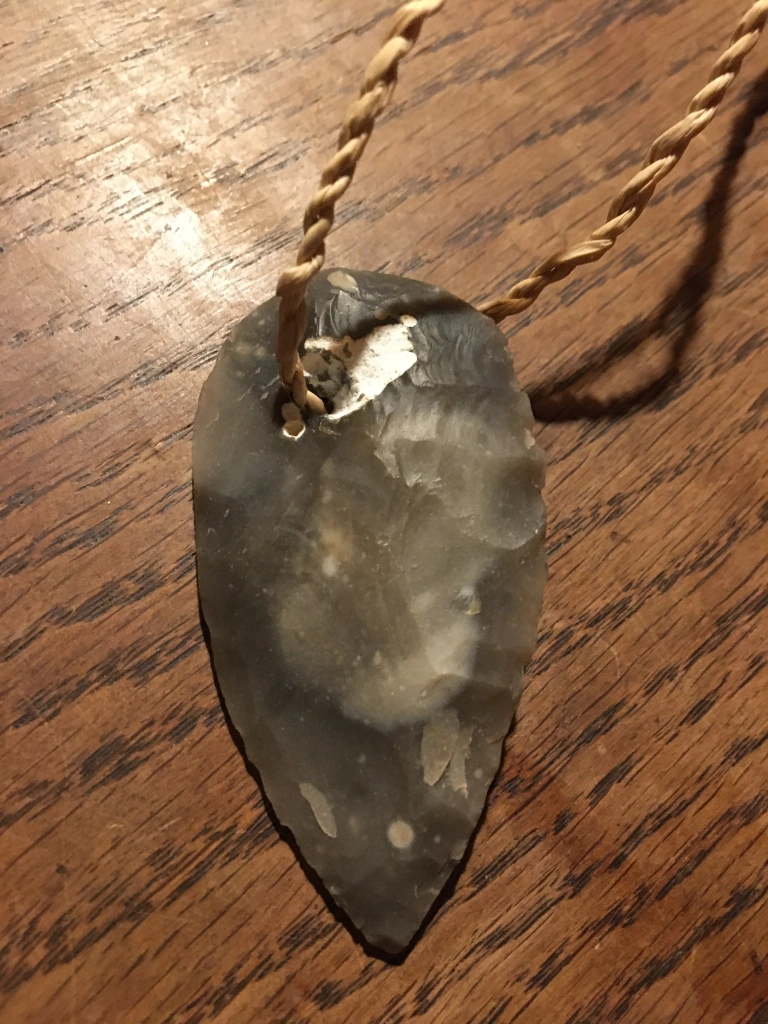
Anyway, I had made this (not Mesolithic) knife a good while ago and at the time noted the small chalk filled hollow. I poked out the chalk and thought it would be good to thread some cordage through at some point so It could be worn around the neck. That is what I had in mind whilst making cordage at the Whitaker.
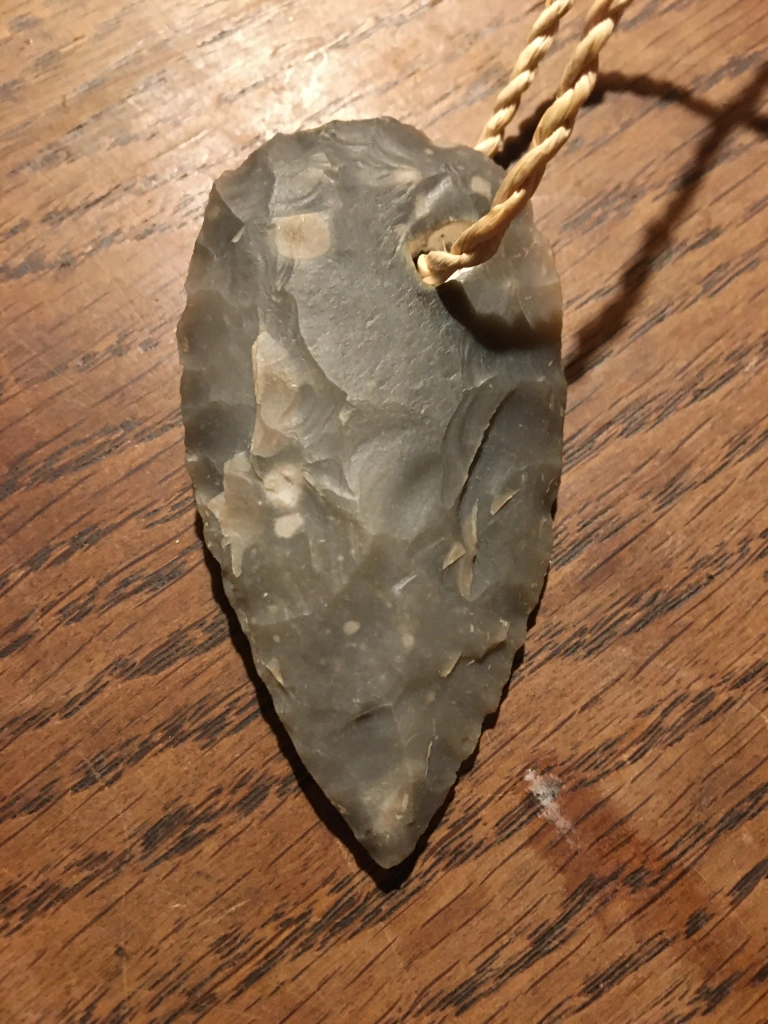
So today I pulled out the knife and used the cordage to produce my lithic necklace. The cordage is too long and I don’t wear necklaces, but I love the aesthetic of bringing the two technologies together. Anyway, thanks to Jordan (cordage), Laura (pendant) and Stephen (lecture) for doing the heavy lifting.


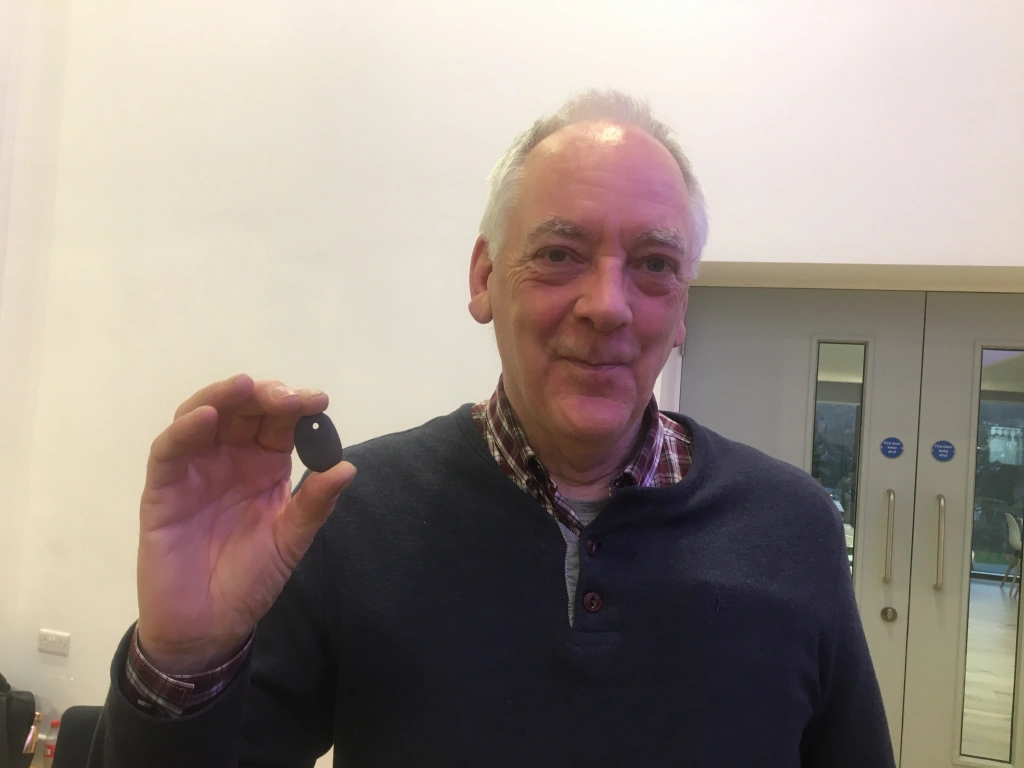
And also to Jane from the Whitaker for organising the microphone, stickers for name badges, and most importantly, lunch!
